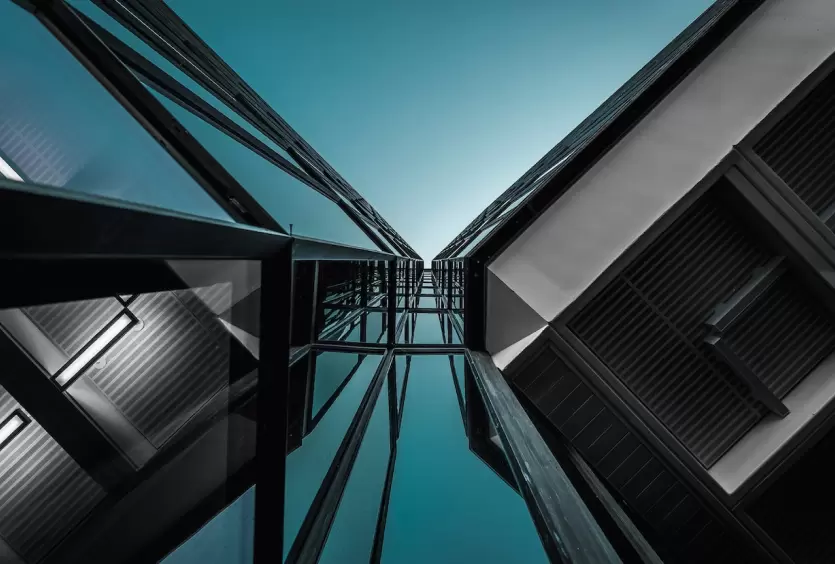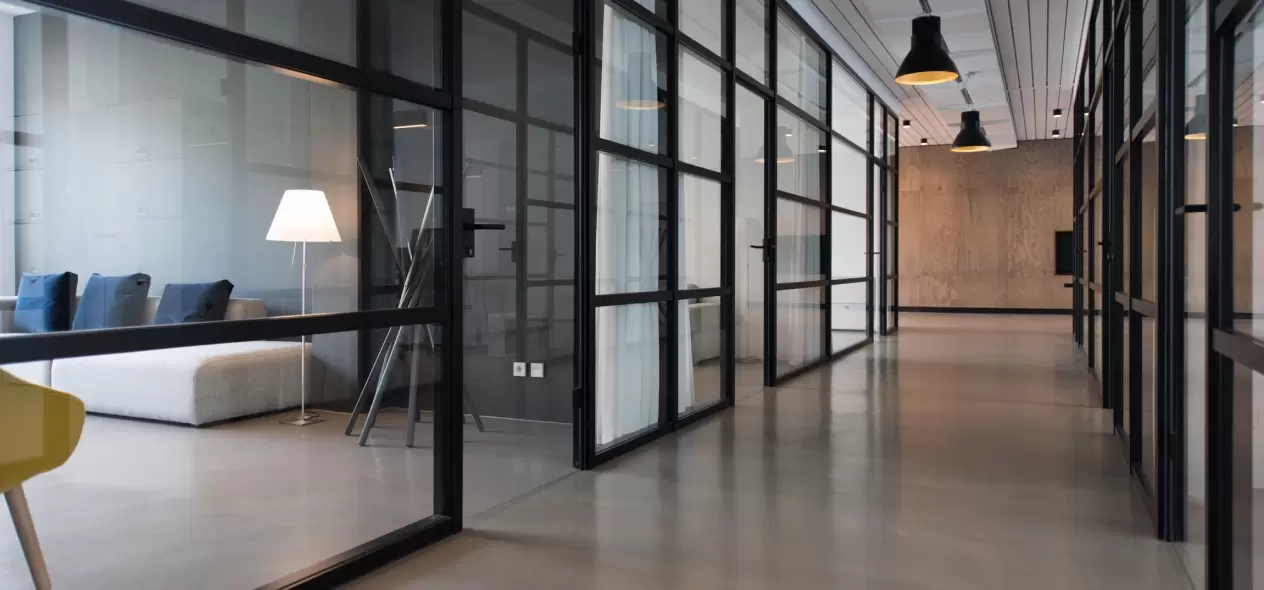LEED Certification: Shaping the Best Buildings of the Future
As the demand for sustainable buildings grows, the LEED certification remains the most recognized and globally used green building rating system. Building owners and companies are paying more and more attention to their property’s environmental qualities and performance – both because the environmental legislation has become more strict and because shareholders and occupants are looking to reduce the negative environmental impact of buildings.
In this article, we explore the definition of the LEED certification, review its benefits and provide a walkthrough of the process for obtaining the LEED stamp.

What is LEED certification?
LEED (Leadership in Energy and Environmental Design) is a certification developed by the United States Green Building Council (USGBC) that sets a standard in green building.
Green building is the practice of planning, designing, constructing and operating sustainable buildings that reduce waste, use fewer resources (energy, water, etc.), reduce the negative environmental impact and, in turn, promote occupant health.
LEED serves as a framework for decision-making for project teams, rewarding best practices and innovation and recognizing projects with different levels of LEED certification.

What are the benefits of LEED buildings?
Having a LEED–certified building is beneficial for business owners, occupants and the environment alike.
Buildings drain resources – according to the USGBC, buildings account for 39% of total energy use and 72% of electricity consumption in the US. 38% of all carbon dioxide emissions and 30% of all waste come from buildings. That’s why building in line with green building principles and LEED standards helps to achieve economic, social and environmental benefits such as:
- Improved air and water quality
- Reduced operating costs
- Improved occupant wellbeing and productivity (in residential and office buildings)
- Gaining competitive edge and attract tenants
- Reduced pollution, and others.
For building owners, green buildings can help to establish the company as a green building leader. Green buildings are in demand, with both renters and buyers looking for more environmentally friendly structures. LEED buildings lease rents are as much as 20% above market value. In other words, the LEED certification will improve the image of your facility and company, and you’ll be able to demand higher rates because sustainable buildings are fashionable and marketable.
Green buildings are also less expensive to run. They use fewer resources and produce less waste, which results in lower utility expenses. As a building owner, having LEED-certified projects will reflect well on your corporate social responsibility and help with positive public relations and your general corporate branding.
For occupants, living in a green building can be a matter of prestige and environmental awareness. When it comes to commercial projects, office buildings or schools, the main value of LEED buildings is reflected in a healthier indoor environment. Moreover, businesses operating in green buildings also report lower absenteeism (35%), up to 10% increase in employee productivity and 30-40% savings on water and energy.
When it comes to the environment, the benefits can be best viewed through sustainability and lower environmental impact – lower consumption of water and energy, lower carbon emissions and pollution. Additionally, practices like the collection of recyclables can get you some extra points.
What is the process for obtaining the LEED Certification?
There are six rating systems in total, each of which contains subcategories for common project groups such as hospitals, hotels or retail:
- Building Design and Construction (LEED BD + C)
- Interior Design and Construction
- Operations / Maintenance
- Residential
- Cities and Communities
- Recertification
For instance, when the project scope is a new building or an existing building which requires substantial renovations, the LEED Building Design and Construction rating system will be used.
Once a rating system is chosen, you should evaluate the criteria within each category (Location and Transportation, Sustainable Sites, Water Efficiency, Energy and Atmosphere, Materials and Resources, Indoor Environmental Quality and Innovation) to see where you can get points.
After ensuring that you meet the minimum requirements, check the deadlines for registration and certification, get yourself familiar with the LEED fees and costs and build your LEED project team. Registering your project is the final step in the process for obtaining the LEED stamp.
How BWK Engineers help with LEED
At BWK Engineers, we help building owners to qualify and obtain the LEED certification by assisting clients with green BD + C (building design and construction) to help them score high in the fields of sustainable materials, energy and water efficiency and resources.
We’re responsible for identifying, integrating and ensuring that the appropriate practices of sustainable design have been implemented into building construction.
We also provide environmental consulting to ensure project compliance with LEED requirements, work with project and on-site managers, employees and material suppliers to ensure that the building materials are approved for use. In addition, we collect the necessary documentation and prepare a LEED certification report.
Some of the large-scale projects where BWK was in charge of LEED include Delta HQ , Ušće Tower II and Green Heart . This experience makes us perfectly equipped to help with:
- the investigation of LEED criteria for cost and technical feasibility;
- working with architects to implement the LEED framework into project specifications;
- working with building owners, developers and contractors on the implementation of project requirements;
- providing investors with a recognized green building framework to measure building performance;
- the creation of healthy spaces with more natural light, cleaner air and lower exposure to hazardous materials and chemicals commonly used in construction;
- Preparing the LEED certification application documents and responding to potential inquiries by USGBC;
- assisting building owners to become recognized leaders in green building design.
BWK Engineers is an MEP and HVAC engineering firm specializing in green building design projects and LEED certification. To learn more about our expertise and how we’ve helped partners to obtain the LEED certification in the past, check out some of our previous projects or get in touch with us directly.
